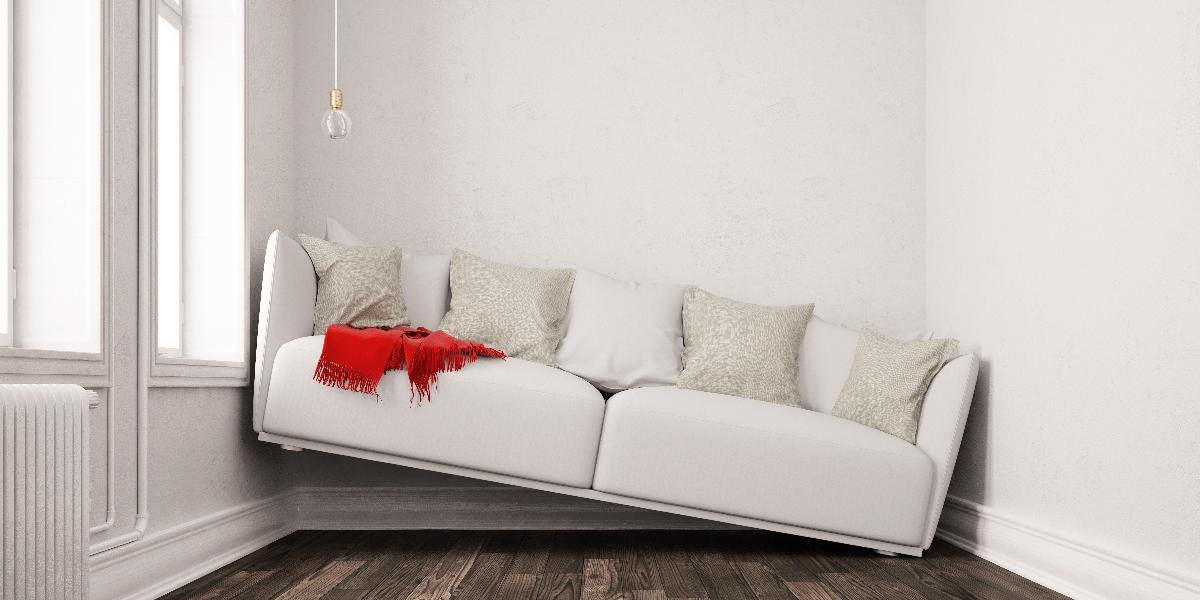Tips for Furnishing a House into a Home

While interior decorating comes naturally to some people, you may be one of the many people who find this task to be challenging. An initial challenge often involves incorporating an appealing style into the space without over-decorating. If funds permit, you could easily walk into a furniture store and purchase an entire room of furnishings and accent pieces that they find appealing. This is one strategy that some people take to simplify interior decorating, and it undoubtedly creates a beautiful look. However, this design strategy may give your home the rather impersonal feeling of a hotel rather than create the cozy, comfortable feeling of a home. You want your space to be a place where family and friends feel welcomed and relaxed. This is a space where you may intend to make many wonderful memories with loved ones. If you are trying to transform the shell of a house into a gorgeous home, follow these helpful tips to see the results that you desire.
Six Tips to Furnish Your House Like a Home
- Measure the Dimensions of Each Room
- Think About Practical Needs
- Choose Your Style
- Select Appealing Colors
- Focus on Comfort
- Choose Thoughtful Accessories
The Top Tips Explained
There are many factors that can impact the overall feel of a home, and one of these factors is open space. Regardless of how large or small your rooms are, they must be furnished appropriately based on their dimensions. Enough space should be available for you, family and friends to walk comfortably throughout the space without bumping into others. When a sofa or dining room table is too large for the space, for example, the room may feel cramped and uncomfortable. On the other hand, when the furniture is too small or scarce for the space, you may unintentionally create a cold, cavernous feel in the home. A smart idea is to sketch a layout of each room to scale and to determine ideal furniture dimensions before making any purchases.
While the size and quantity of furnishings is important, you also need to have the right features in each room to address functional needs. For example, if you have a family of six, placing a breakfast table that accommodates four people is not practical. Your house will not feel like a home if it does not provide functional features for the whole family. If you entertain frequently, your interior design plan may also need to take that activity into account as well. Keep in mind that there are many different styles and sizes of furnishings that you may purchase that may accommodate your functional needs and practical concerns.
You can see that the most important factors related to creating a home-like feel in a house are related functionality, but the style and colors that you select also can make or break the home-like ambiance that you want to create. Some tones, such as bright red or black, may be too harsh to be considered homey and comfortable. The hues that you select should be reflective of your personality or preferences so that the decor is tailored to you. Likewise, the overall style can have a major impact on the ambiance. Overly modern or minimalist décor may be much more difficult design themes to work with as you try to achieve your goal. On the other hand, it may be easier to create a relaxed, inviting vibe in your space with a traditional or even a rustic décor. When you select a style or decorative theme, focus on styles that appeal to you and that are easier to work with.
A home is a place to entertain family and friends as well as to relax in your free time. While you want it to have beautiful décor, you also need it to be a comfortable space. You can purchase some pieces online to save time and energy. However, only purchase chairs, sofas and other similar pieces that you will sit or lounge on at a local store. This is because you need to test their comfort level before making a purchase. You also should carefully add decorative pieces, such as throws, pillows and area rugs with comfort and décor in mind. When selecting your accessories, remember that less is usually more. A few thoughtful pieces that have been chosen with care may make a bigger impact than numerous pieces. Choose accent pieces, such as family portraits or mementos, that hold true meaning to you and to your loved ones. Rather than using impersonal accent pieces, such as a large candle on a coffee table, consider placing a personal item in its place. For example, a large family photo album may be a better option to place on a coffee table in a living room than a purely decorative piece.
As you can see there are many factors that can play into the ambiance in your home. While you understandably want your rooms to look gorgeous, you also want to create a comfortable home. By following these tips and by making thoughtful design and decorating decisions, you can transform a house into a beautiful home.


